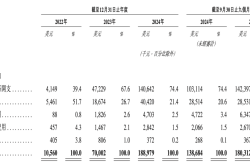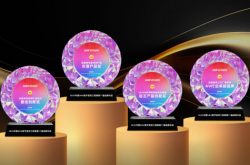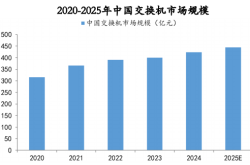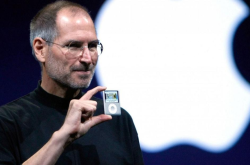Steadying the Second Half of the Year: Volvo Chooses Deep Localization in China
![]() 07/29 2025
07/29 2025
![]() 623
623
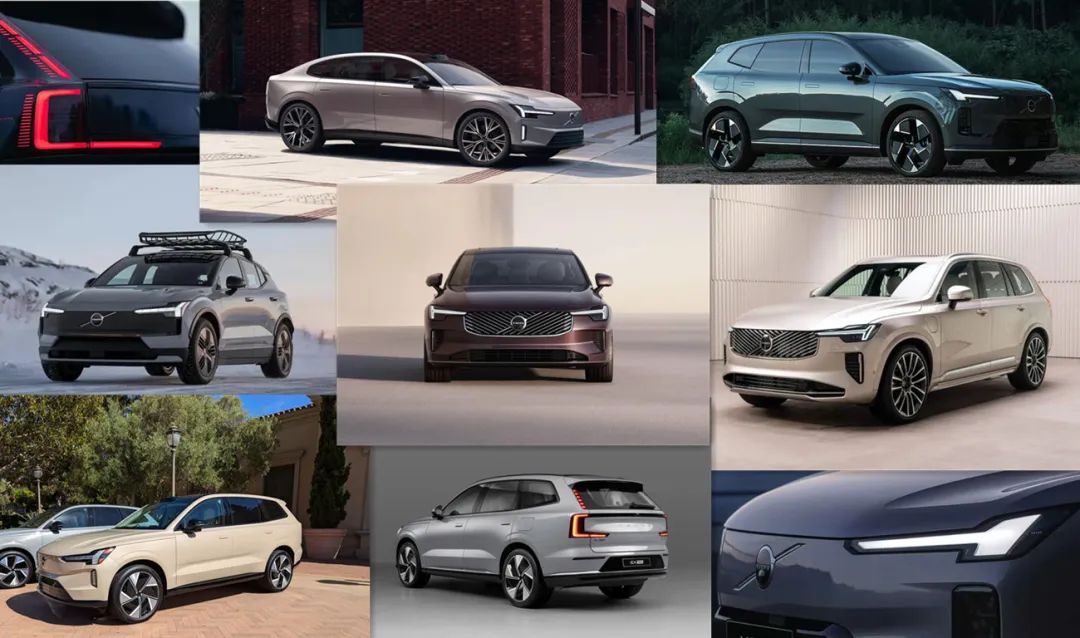
Introduction
In the midst of transformation, the Chinese market stands as an indispensable arena for all automakers, Volvo included. As the overall market environment dampens automotive consumption compared to previous years, competition has intensified in the first half of 2025. To stimulate demand, price wars intertwined with public opinion battles have nearly upended the Chinese automotive landscape.
Amidst rapid shifts in the market, 2025 has proven challenging for many traditional automakers accustomed to routine operations. From Volkswagen, Toyota, Honda, to luxury brands like BBA and Volvo, none have remained unscathed by these monumental changes. The frequent introduction of new models, technologies, and strategies signifies that traditional automakers are finally exerting their strengths in this "do-or-die" battle. In just a few months, consumers have genuinely felt a renewed confidence from these developments. However, the unfavorable market conditions are not temporary.
Regardless of a company's strength, surviving amidst Chinese automakers with hidden threats requires a comprehensive solution rather than short-term relief measures.
For Volvo in the past six months, like other foreign automakers closely following the Chinese market's pace, the challenges posed by significant market changes have almost transformed everything previously implemented, from product definition to R&D cycles, and from user communication to channel maintenance. Every aspect urgently needs reorganization.
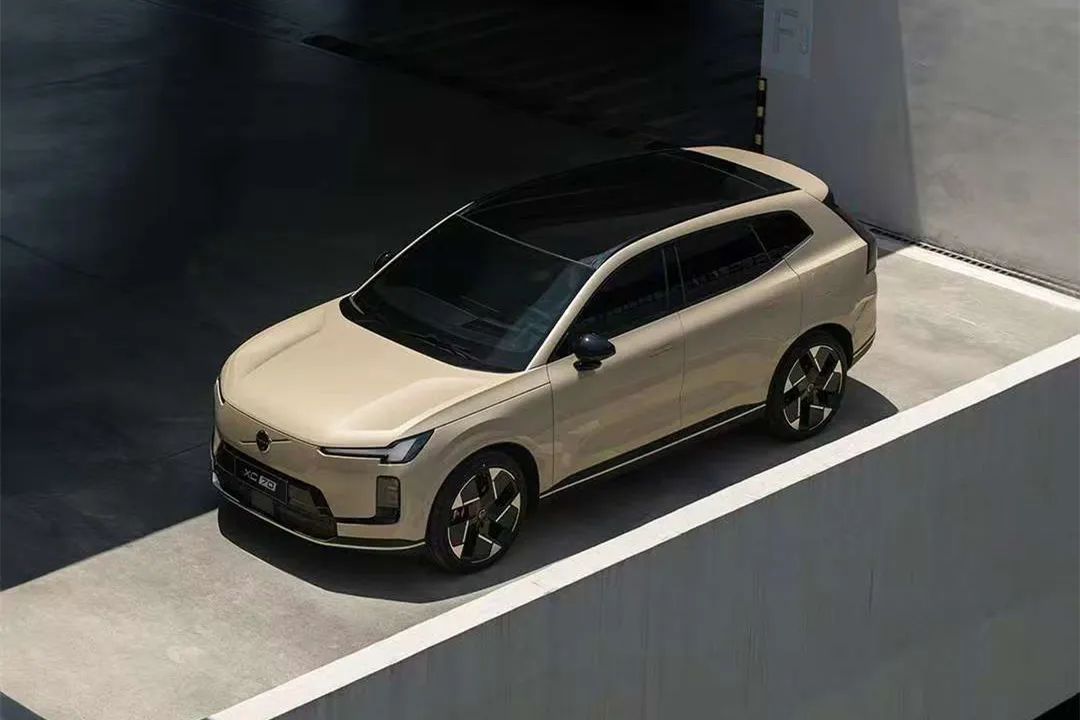
However, taking a serious stance, nothing is more effective than demonstrating a commitment to directly confront aggressive Chinese automakers. Volvo's first-half performance, good or bad, serves as a mirror reflecting its capabilities. How the final chapter of 2025 unfolds requires careful consideration by Volvo. Controlling the pace of new product launches, navigating price wars and public opinion battles, and executing other aspects are all crucial.
01 Pressure Remains, Always Ready
At the start of 2025, foreign automakers occasionally mentioned that with the slowdown in their electrification process, the redistribution of strategic focus in both China and the global market would be a major event this year.
Around the Shanghai Auto Show in April, Toyota, Volkswagen, Nissan, and Honda used their respective new models to make their stance clear. The importance of the Chinese market cannot be overlooked. Similarly, BBA has expressed similar attitudes.
"In the Chinese market, if one is still reluctant to transition to electrification, it basically means being marginalized."
For Volvo, which sold 760,000 new vehicles globally last year, it's reasonable for a global automaker to retain a certain degree of flexibility for market changes by leveraging its established advantages. However, with such a viewpoint being put forward, it's believed that Volvo is well aware of the current environment's severity.
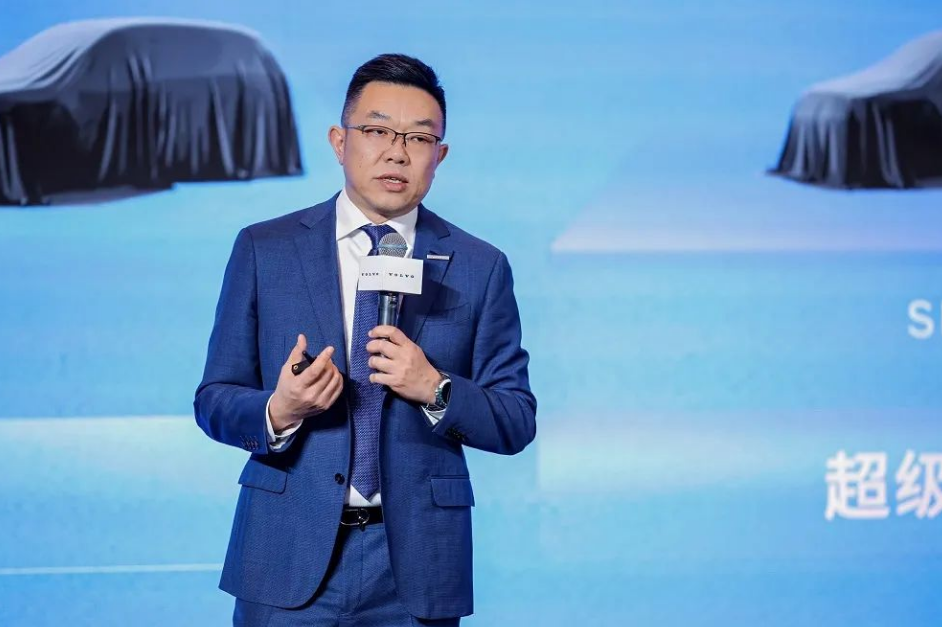
On multiple occasions, Yu Kexin, President of Volvo Greater China Sales Company, indeed expressed that 2025 is a crucial year for Volvo. The company emphasizes that, compared to its peers, since Volvo positions itself as a "leader in luxury new energy vehicles," the underlying message of "planning to launch 7 key models covering multiple routes such as fuel, pure electric, and plug-in hybrids" cannot be mere empty slogans.
Half a year has now passed. Among Volvo's original plan to launch seven new models, the new XC90, XC60, S90, and EX30CC have been released, and the ES90 and XC70 have also made an appearance to the public.
Compared to its previous slow start, Volvo's decision to accelerate new model launches this year has shown a truly positive side. Moreover, in response to increasing operational pressure, Volvo initiated a global organizational structure optimization in the first half of the year, largely to cope with the increasingly competitive landscape.
In mid-July, Volvo announced its global operating data for the first half of the year. Obstructed by various black swan events such as tariffs, Volvo can use this to explain its setback in revenue, but ultimately, it still illustrates that automotive markets worldwide are hiding powder kegs. To seek growth or defend its position, Volvo must look inward; otherwise, it may be too late.
Regarding China, Volvo will undoubtedly further deepen its focus in this regard, rather than just launching a few new models.
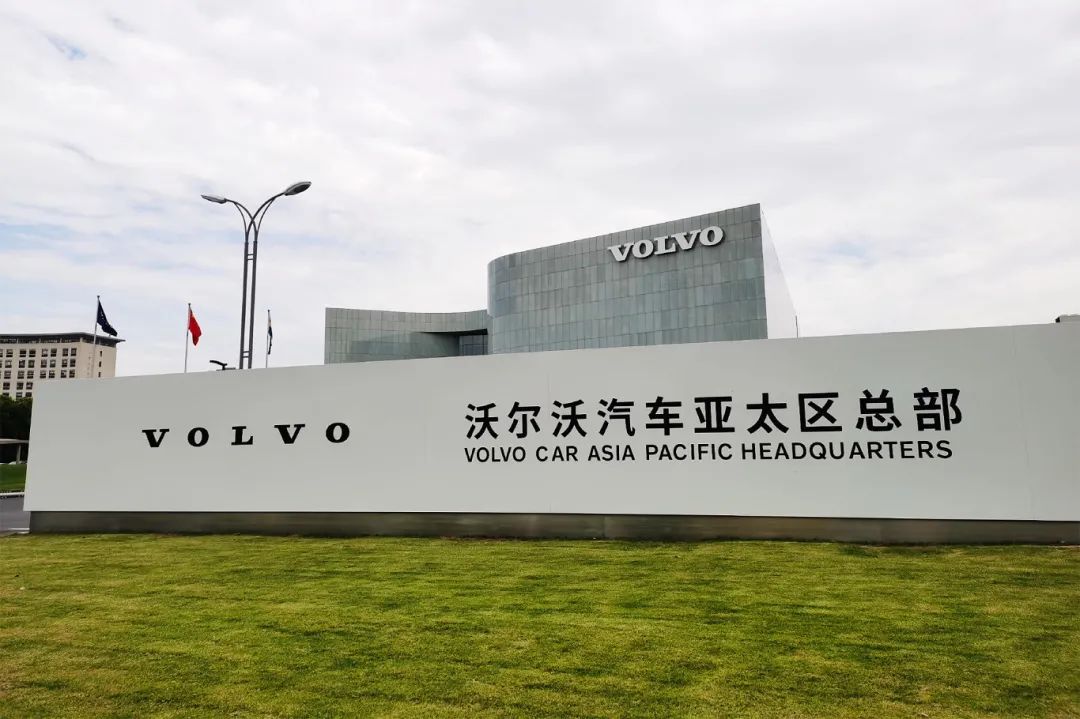
Apart from the imported car business led by XC90 and V90CC, Volvo's focus in China has always been on the sedan and SUV market within the 200,000 to 400,000 yuan range. The core product line consisting of S60, S90, and XC60 accounts for almost all of Volvo's sales.
However, since Chinese automakers have mastered the transformation password for the new energy vehicle market, whether Volvo admits it or not, the combat effectiveness of its original product line still has significant limitations.
Therefore, in the first half of this year, most of Volvo's energy was invested in pricing strategies for model renewals. In other words, to bridge the gap between existing products and China's intelligent new vehicles, actively joining the price war has become Volvo's primary task in safeguarding 2025.
But regardless of whether the final results of sorting out new car pricing can meet expectations, it can be said that Volvo exhausted all available means beyond products in the first half of the year. From this moment on, Volvo's battle must shift from a position dominated by external factors to the frontline battlefield focusing on product innovation.
02 XC70: No Room for Error
Soon, Volvo's next new car, the XC70, will enter presales next month. From all the elements Volvo has provided regarding this in the first half of the year, we can see how important this car is.
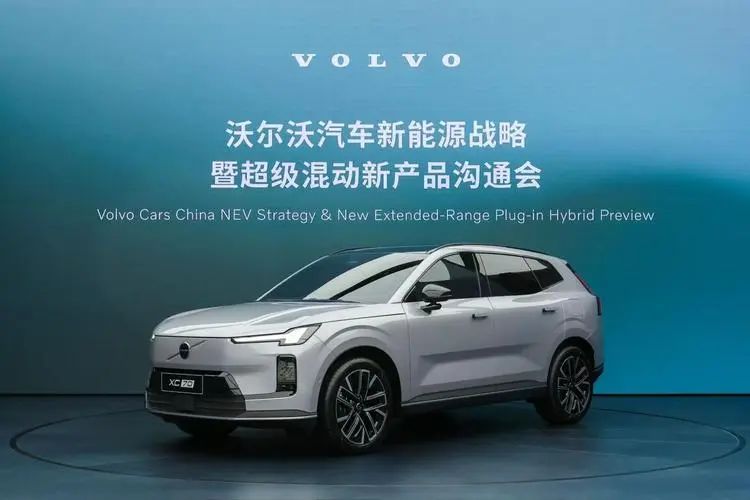
From the perspective of reorganizing the product lineup, restarting the XC70 IP represents Volvo's recollection of its past intention to create niche markets. In an era where the XC60 is gradually unable to face numerous internet-famous new cars alone, the XC70 will likely form a powerful product matrix with it, once again bringing new vitality and growth points to Volvo.
Looking at the current market situation, when the XC70 takes super hybrid technology as an anchor point to expand more possibilities for Volvo's new energy technology path, its main intention is to convey to the market that Volvo's understanding of automobiles is not static. At Volvo, "To make a difference in China, one must produce products that cater to local Chinese needs" should not be a dream confined to a PowerPoint presentation.
Currently, in the 300,000 yuan SUV market, we are well aware of how fierce the competition is. The threats posed by Ideal L6/7/8, Lynk & Co 900, and the newly launched AITO M7 are enough to send shivers down one's spine. And as consumers gradually remove the filter they place on luxury brands, it goes without saying how great the challenges faced by traditional automakers are.
For Volvo, without the XC70, it means that the ES90 and EX90 have to bear the pressure brought about by this. It's very clear that these two overly Nordic products do not conform to the national conditions of the Chinese market. Here, most of the time, they can only serve as flags for the brand's high-end image.
"The XC70 is a new car with a strong Chinese flavor." In the first half of the year, when this car made its debut, we clearly perceived this point. Now, as July approaches, there's no need for guesswork. Such a flavor has instead become the most appealing aspect of Volvo's new car offensive.
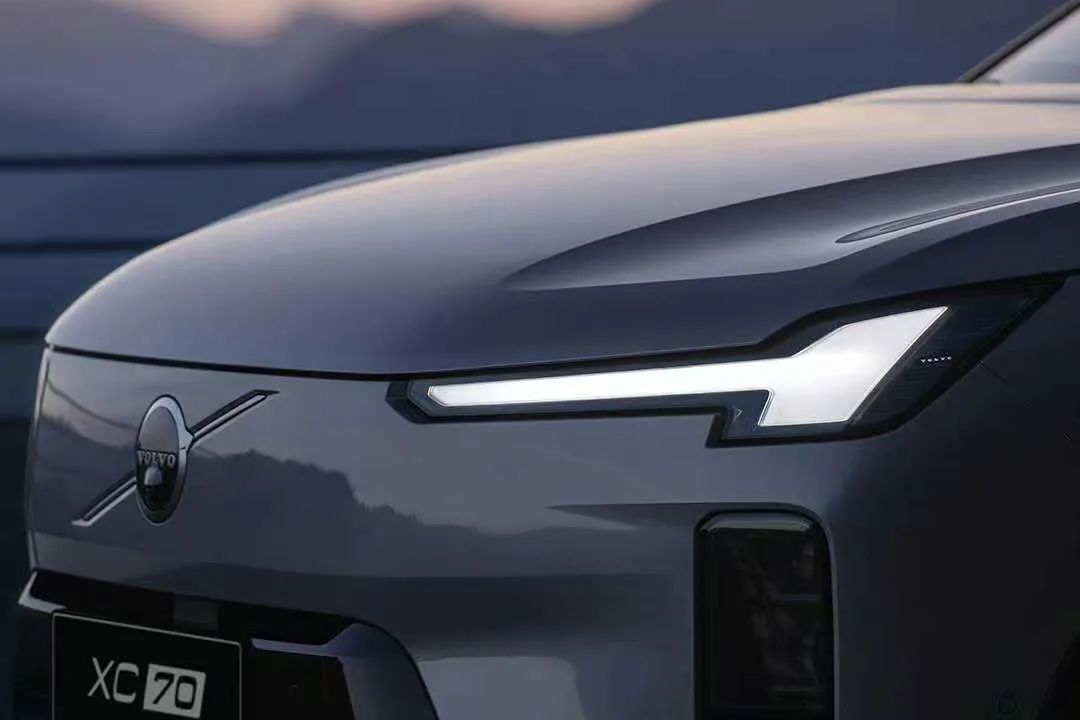
In the first half of the year, we also saw Volvo's overall sales trend in China. As of June, Volvo Cars' cumulative sales in the Chinese mainland market reached 70,298 units. As usual, the XC60 bore almost all the firepower of Volvo in the SUV market.
However, as the market enters the second half of 2025, under the premise that the overall environment cannot improve, even with renewals, it will be extremely difficult for the current XC60 to fully support Volvo's future.
Therefore, at this stage, compared to discussing whether the XC70, which has been discontinued for many years, can be reborn in China, whether the pressure it shares with the XC60 can bring a more Chinese-characteristic product renewal logic to Volvo may be the current key.
In the final analysis, through the overall reorganization in the first half of this year, Volvo, whose scale is not comparable to BBA, has also tried its best to come up with a set of solutions. However, facing the final results display, everything still requires Volvo to further strengthen its connection with the Chinese market. Whether delving deep into the heart of price wars or avoiding public opinion battles, these are all expedient measures centered on external factors. "Selling the XC70 well" is not an option; it's a necessity.
Editor-in-Chief: Du Yuxin, Editor: He Zengrong
THE END

